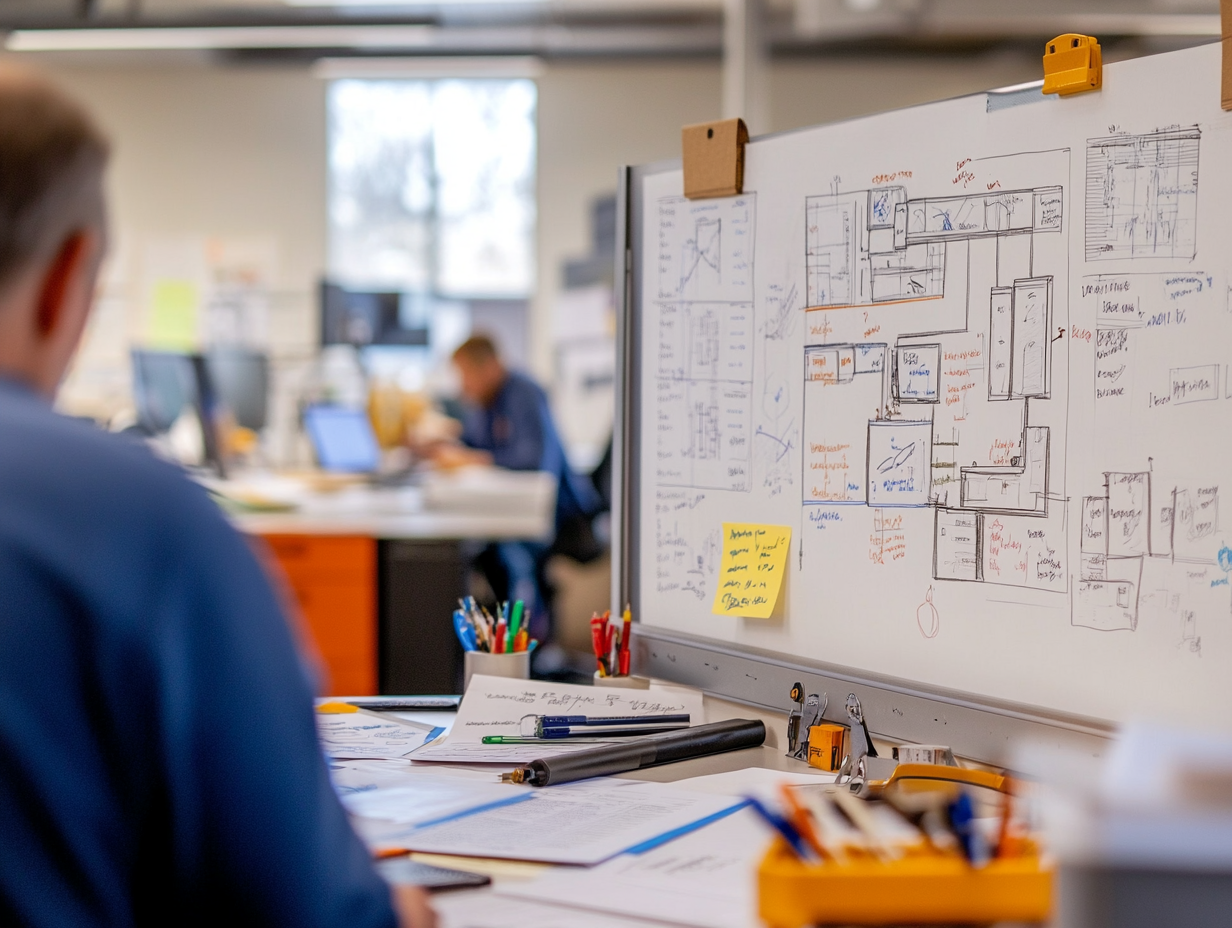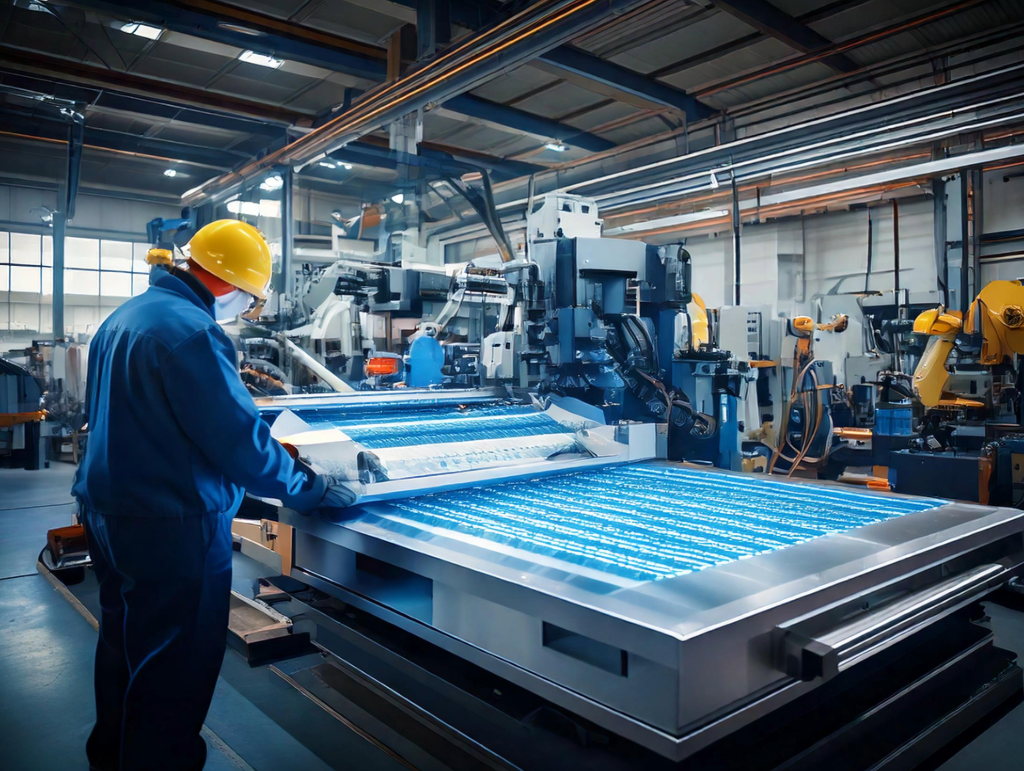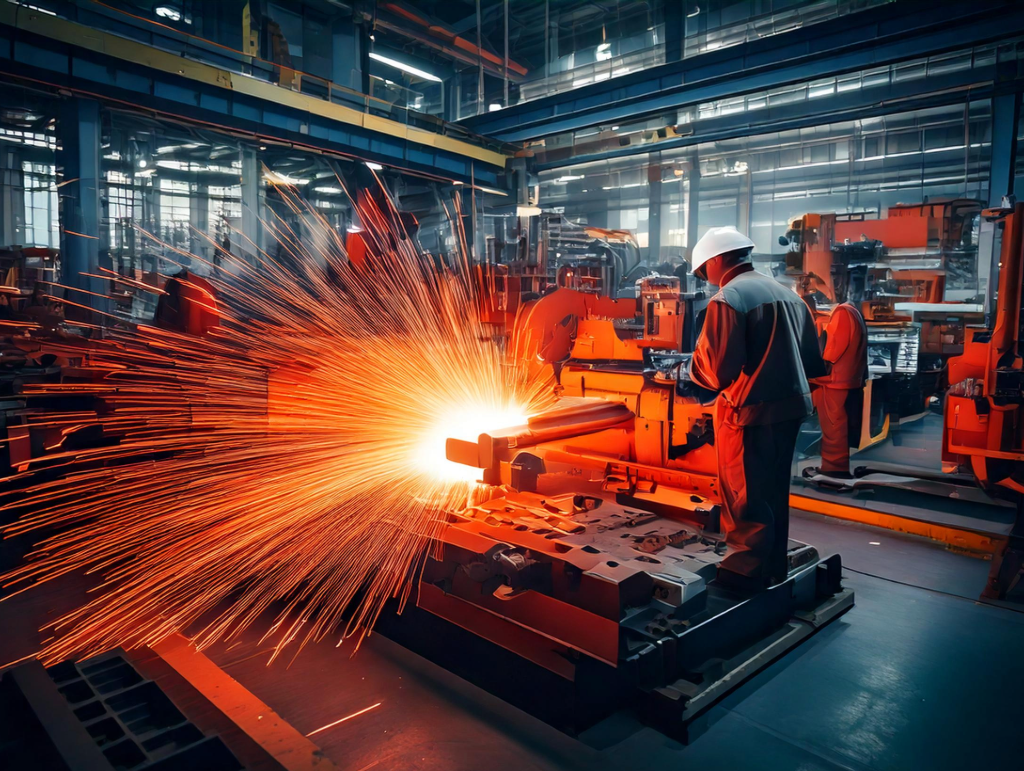In modern industrial processes, improving quality, ensuring safety, and reducing costs have become more critical than ever. FMEA (Failure Modes and Effects Analysis) is a powerful tool used to achieve these goals.
FMEA (Failure Modes and Effects Analysis) is a systematic method for identifying and managing risks in complex systems. The effectiveness…
FMEA (Failure Modes and Effects Analysis) is a critical tool in risk assessment. However, its effectiveness relies on meeting specific success criteria.
FMEA (Failure Modes and Effects Analysis) provides a systematic approach to identifying and mitigating risks. The success of this analysis depends on selecting and applying the right methods.
FMEA (Failure Modes and Effects Analysis) is a powerful method for identifying potential failure modes and preventing them systematically. However, its effectiveness depends on the proper implementation steps and a well-structured organizational setup.
FMEA (Failure Modes and Effects Analysis) is a versatile method adaptable to various processes and systems. It is categorized into three main types: System FMEA, Design FMEA, and Process FMEA.
FMEA (Failure Modes and Effects Analysis) is a cornerstone of risk management, analyzing potential failure modes and their effects. However, like any powerful tool, it comes with both advantages and limitations.
In modern manufacturing, preventing errors, enhancing quality, and ensuring customer satisfaction are more critical than ever. FMEA (Failure Modes and Effects Analysis) is a method designed to analyze potential failures and their effects on systems, making it a key tool for optimizing risk management.
Bending is a crucial step in metal forming, but post-bending welding plays an equally vital role in enhancing the durability and functionality of the final product. Proper welding applications ensure the structural integrity of materials while meeting safety and quality standards.
The relationship between material thickness and bending radius is essential for achieving quality and durable production in metalworking. Accurate calculations minimize the risk of cracking while ensuring precision in dimensions.
Hot bending is a vital technique in metal forming, especially for shaping tough and high-strength materials. By heating the material to an optimal temperature, this method enhances elasticity, reduces cracking risks, and enables the creation of complex designs.
ot bending is a critical metalworking technique that allows for the shaping of materials that are difficult to form under normal conditions. By heating metals to a specific temperature, this method enhances their elasticity and prevents issues such as cracking or deformation. Hot bending is widely used in industries that require durable and precisely shaped components, such as aerospace, automotive, and energy.













